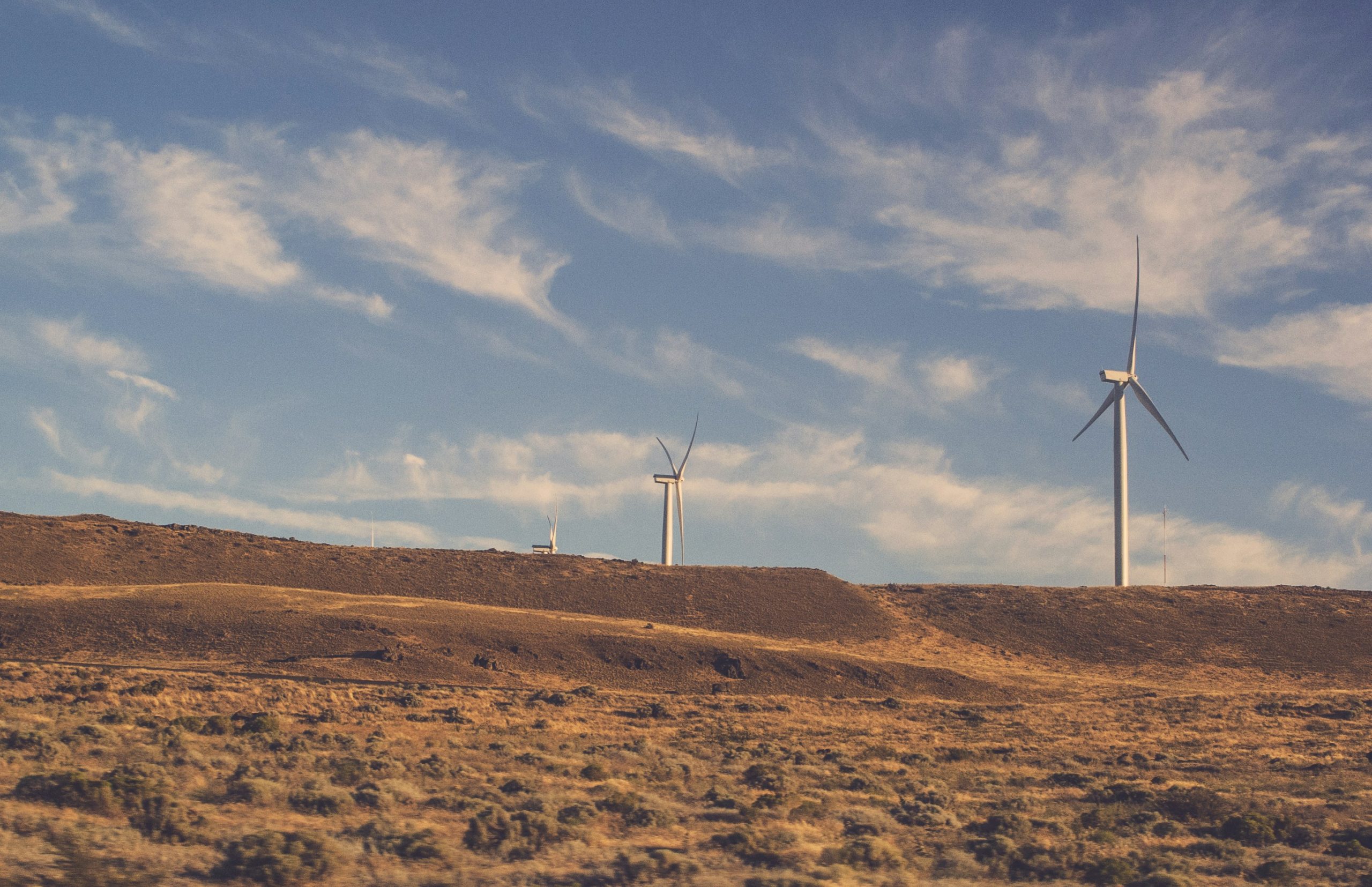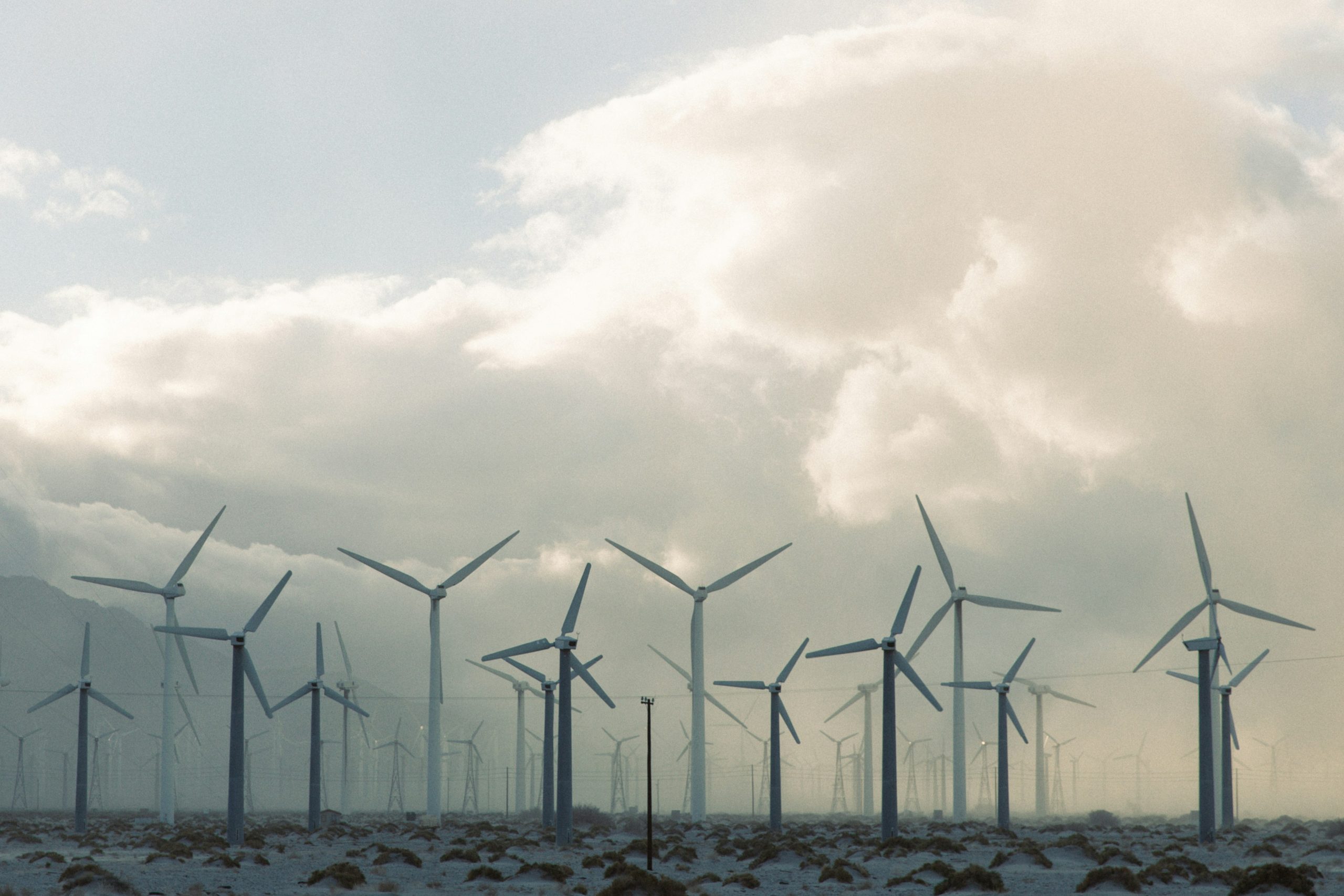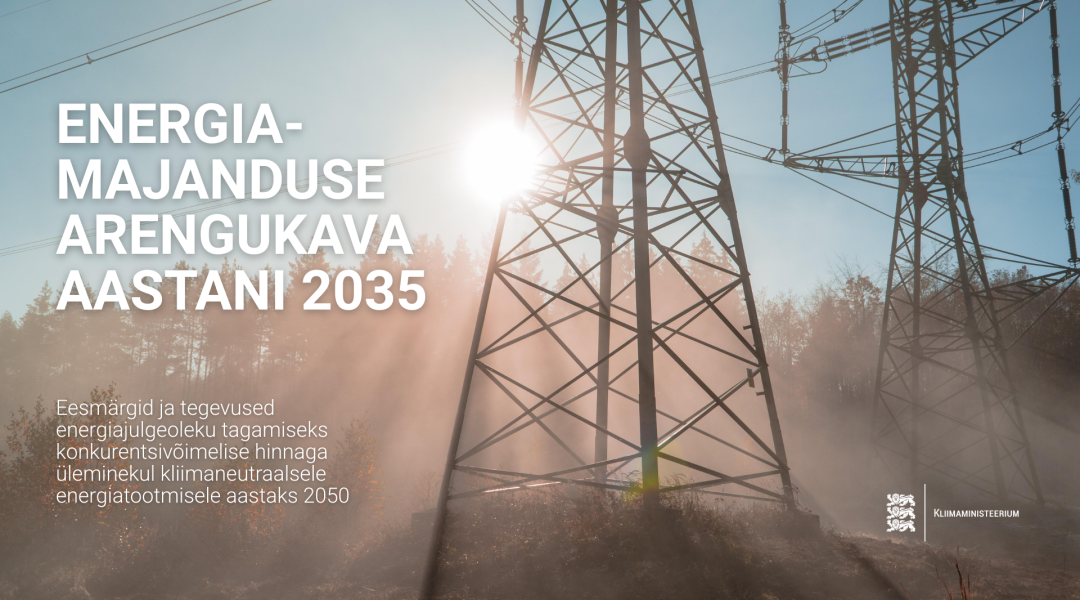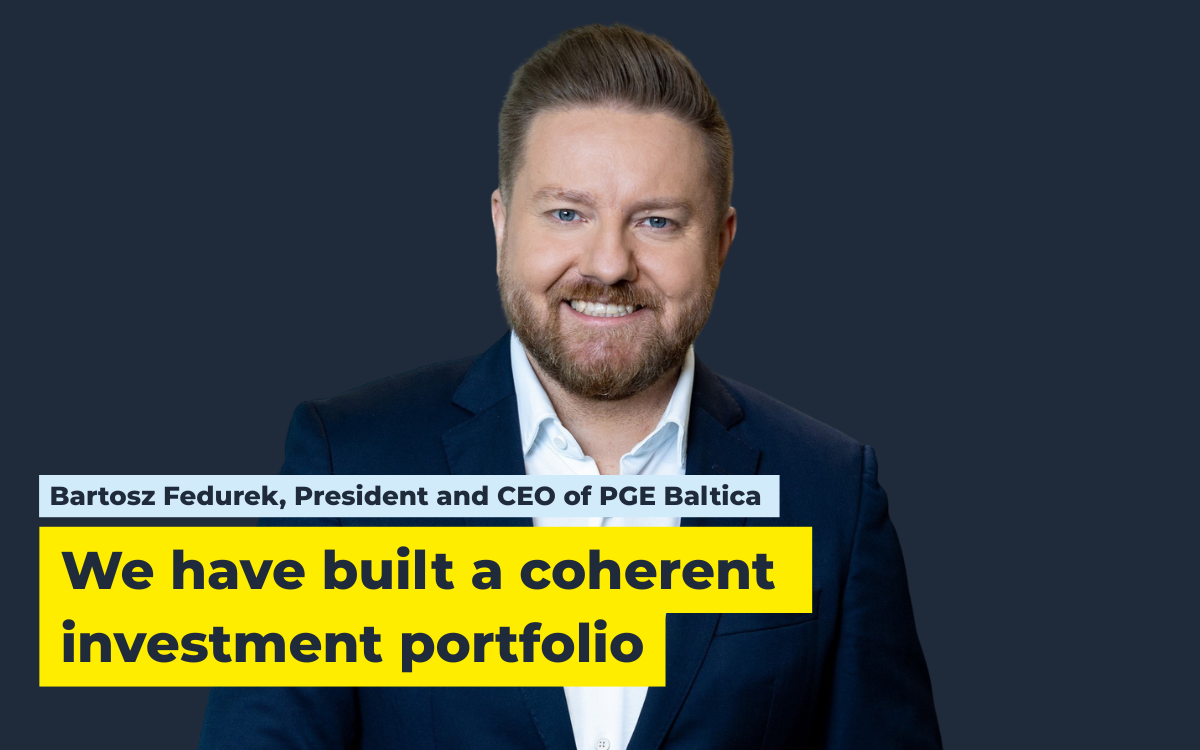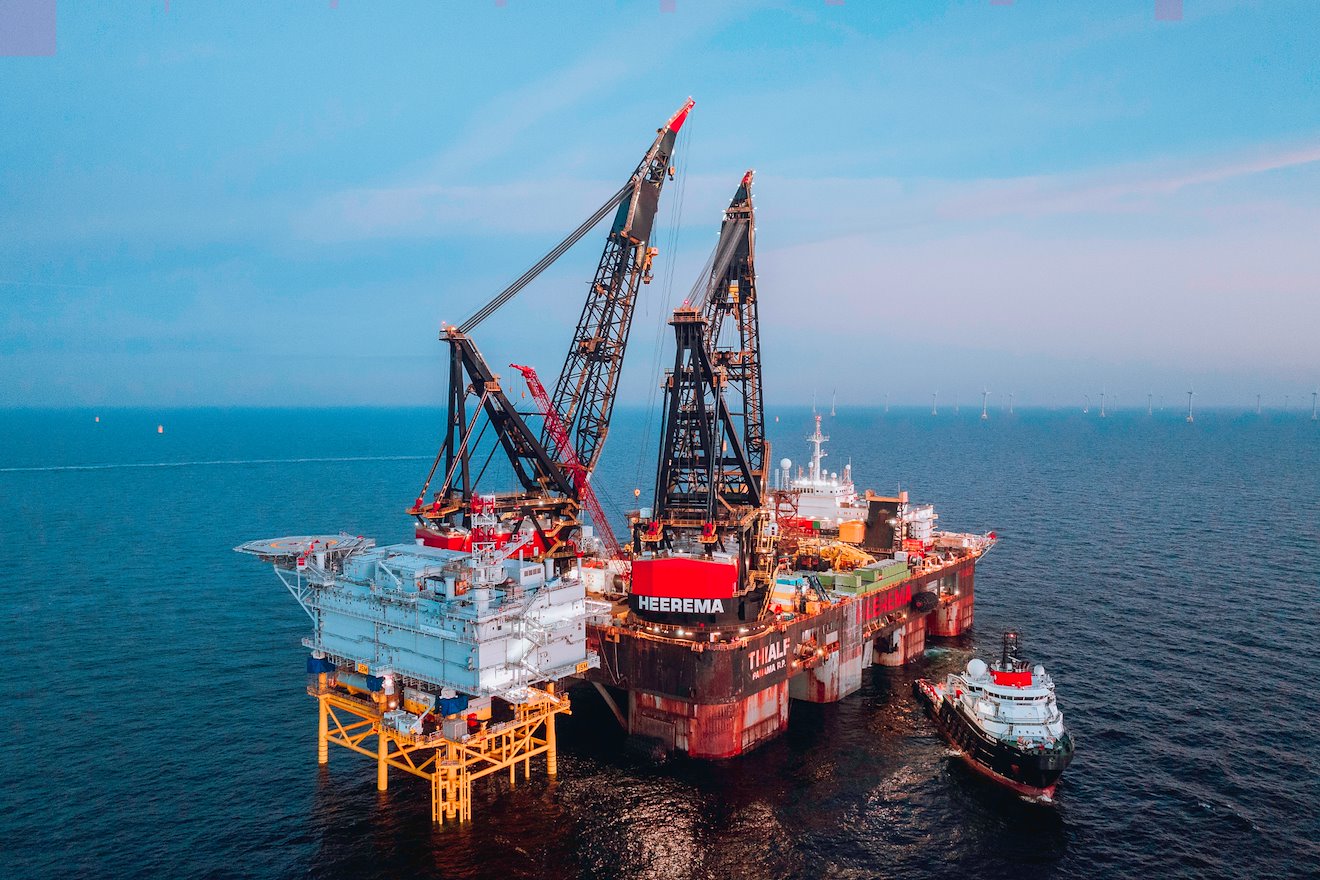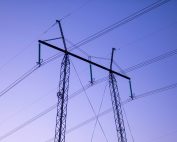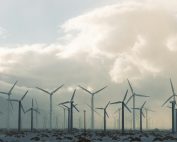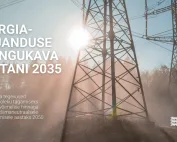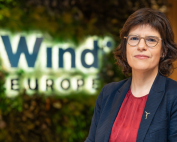Tripling global renewables is the single biggest action the world can take for the climate in this decade. An analysis of 2030 national wind targets shows that governments are already planning for a doubling, but fall short of a tripling.
This report analyses national 2030 wind targets for the power sector, evaluating them against what is required to meet the global goal to triple renewables capacity by 2030. The report analyses 2030 wind capacity targets of 70 countries and the EU as a bloc. These countries collectively represent 99% of the current global wind capacity. National targets are sourced from national strategy or plans, executive orders, official projections, or credible third-party studies and can be found in Ember’s 2030 Global Renewable Target Tracker.
Tripling renewables is the single largest action to cut emissions this decade and keep the 1.5C goal within reach. At the UN’s COP28 climate change conference in December 2023, world leaders reached a historic agreement to triple global renewables capacity by 2030. The International Energy Agency (IEA) and International Renewable Energy Agency (IRENA) both show that a global tripling of renewables to at least 11,000 GW by 2030 is the optimal pathway to keep 1.5C within reach. Over 90% of the renewable capacity growth is expected to be from solar and wind, with wind capacity itself also tripling from 901 GW in 2022 to 2,742 GW in 2030. This would mean wind generates almost a fifth (19%) of global electricity supply by 2030. This report analyses national wind targets to see how current plans align with a tripling of wind capacity by 2030.
National targets add up to a more than doubling of global wind capacity by 2030, but fall short of a tripling. The sum of 2030 national wind targets from 70 countries and one region is 2,157 GW. This is a 2.4x increase from 901 GW in 2022, leaving a gap of 585 GW to achieve a global tripling of wind (2,742 GW).
Forecasts for 2030 indicate a doubling of global wind capacity, suggesting that the sum of national wind targets can be met on a global scale. Forecasts from the IEA, BNEF, and GWEC all agree that global wind capacity in 2030 will reach around 2,100 GW, a value similar to the sum of national targets. However, this is primarily achievable due to large wind additions forecast in China. Although it only accounts for 37% of global wind targets, China is forecast to install over 50% of global wind additions between 2024 and 2030. China is overachieving on its target and is forecast to almost triple wind capacity from 2022 to 2030.
Of the 70 countries with wind targets (including more subjective “implicit” targets), almost two-thirds are projected to fall short of their national 2030 targets based on the IEA’s main forecast updated in January 2024. Furthermore, these countries are collectively aiming well-below the tripling of wind capacity that is needed.
Wind has a critical role to play in the clean energy transition. It provides almost as much generation as solar in 2030 in the IEA Net Zero Roadmap despite having less than half the capacity. The IEA has already shifted expectations of more growth from wind to solar in the Net Zero Roadmap update. That means solar already has an ambitious target, and is unlikely to be in a position to make up for a shortfall in wind generation.
This latest report from Ember shows commendable growth of wind energy around the world. Unfortunately, we are facing a climate emergency, and the world needs transformational action that delivers on the tripling promise set out at COP28. Action must be taken on permitting, finance, and supply chains – areas where action will deliver multiple benefits that close the gap between action and delivery. There is no time for empty promises, this is the time for action.
Ben Backwell, CEO, Global Wind Energy Council (GWEC)
Governments are lacking ambition on wind, and especially onshore wind. Amidst the hype of solar, wind is not getting enough attention, even though it provides cheap electricity and complements solar. The path to a cleaner energy future could be shaped by prioritising improved policies, regulatory frameworks and financial support.
Katye Altieri, Global Electricity Analyst, Ember
Here you can read full report: https://ember-climate.org/insights/research/wind-targets-are-achievable-but-fall-short-of-a-tripling/#supporting-material
Source:Ember
